This term, we have been learning about Tane Mahuta and the other gods that connect to it. What part of nature is it about and what and how big the crisis that it's suffering from. We then picked our group and decide to focus on [The Sea], the Kaitiaki which is Tangaroa.
Afterwards, we started to research about the problems that it's currently suffering; pollution and over-exploitation we're the biggest concern of the ecosystem under the sea. The environmental issue that we picked to go in more details on is over-exploitation, our group saw that there were many sea animals that were endangered, like the tuna, cod and halibut over at the North Atlantic Ocean, which population have declined to a third of how they used to be. Overfishing has been an issue for quite a while, an issue that is very fundamental to our planet.
Subsequently, after finishing the research, we were tasked to pick a method that we could present the information that we learnt over several weeks. There were three choices that we could've picked from, one which was creating a narrative (a story per se), the other which we could create an app and the last which we picked, creating a game. There were platform choices we had to make as well: GameFroot, scratch and code.org, they were the platforms that we looked at and picked from. Our group picked GameFroot in which for the last several weeks have been making our games, individually. However, before making our game, we had to plan out the aim of our game, which was having a character collecting fish and knowing the dangers of collecting too much. Here are the results of my work.
Plan:
(
https://drive.google.com/file/d/166BAO7QOXUp_Br472TavHo4tAAPYHOiT/view?usp=sharing,
https://drive.google.com/file/d/1N2yd86w7phn5JF1xwlKwP4weihW5wDZr/view?usp=sharing)
Game:
https://drive.google.com/file/d/1Oqs7uXbLvrhdhWjNPQTj6ujxxZVx0neW/view?usp=sharing
(not finished)
Reflection:
Before I followed the main guideline which was our plan, I decided to first figure out some of the basic scripts/codes that we could put in our characters and or props. With that said, we created a demo game that was from the tutorial, which took us 2 periods to finish. Fortunately, the codes that I learnt came in handy later on.
During the course of making this game, there have been some challenges that I encountered; which I still have no idea on how it could've been fixed. Though of course we thought outside the box and went around the problem. One of my biggest concern we're that props that I've put in the game have been moving instead of staying put; which pose quite a big problem as it affects the other props around it. The solution that I made was not putting those type of props at all; instead, they were replaced with blocks instead, to make the experience of playing this game more exciting and not look too empty.
In making the game as well, I stumbled upon other critical issues; which included scripting the characters and making them do what I wanted them to do, it was quite challenging scripting and trying to find out what will or will not work. An issue that was technically speaking "solved", though not completely.
I worked out a way around it as well; by keeping the game simple, well at least the script, for I wanted to make the setting of the game quite complicated, and reinforcing the visuals that will be seen in playing the game that I have made.
In conclusion, making the game has posed quite a range of problems from the game itself the way that I have solved it. Though, as challenging as it was, it has been a learning curve for me; I have learnt a lot about coding; not as much as a professional.
What could I have done better:
There were some things that I would've liked to change in learning this subject as well as in my general studies. The main one is Time Management, I would've liked to have at least made another level to my game though, time was critical and there was not enough of it for me to add in my game. Also, I would've loved to have put more information about Tangaroa in my game as I think that the amount of information may not be as substantial as I wanted it to be.
Nevertheless, it was quite a memorable experience in making this game and learning the issues that may not be too soon solved in our world.


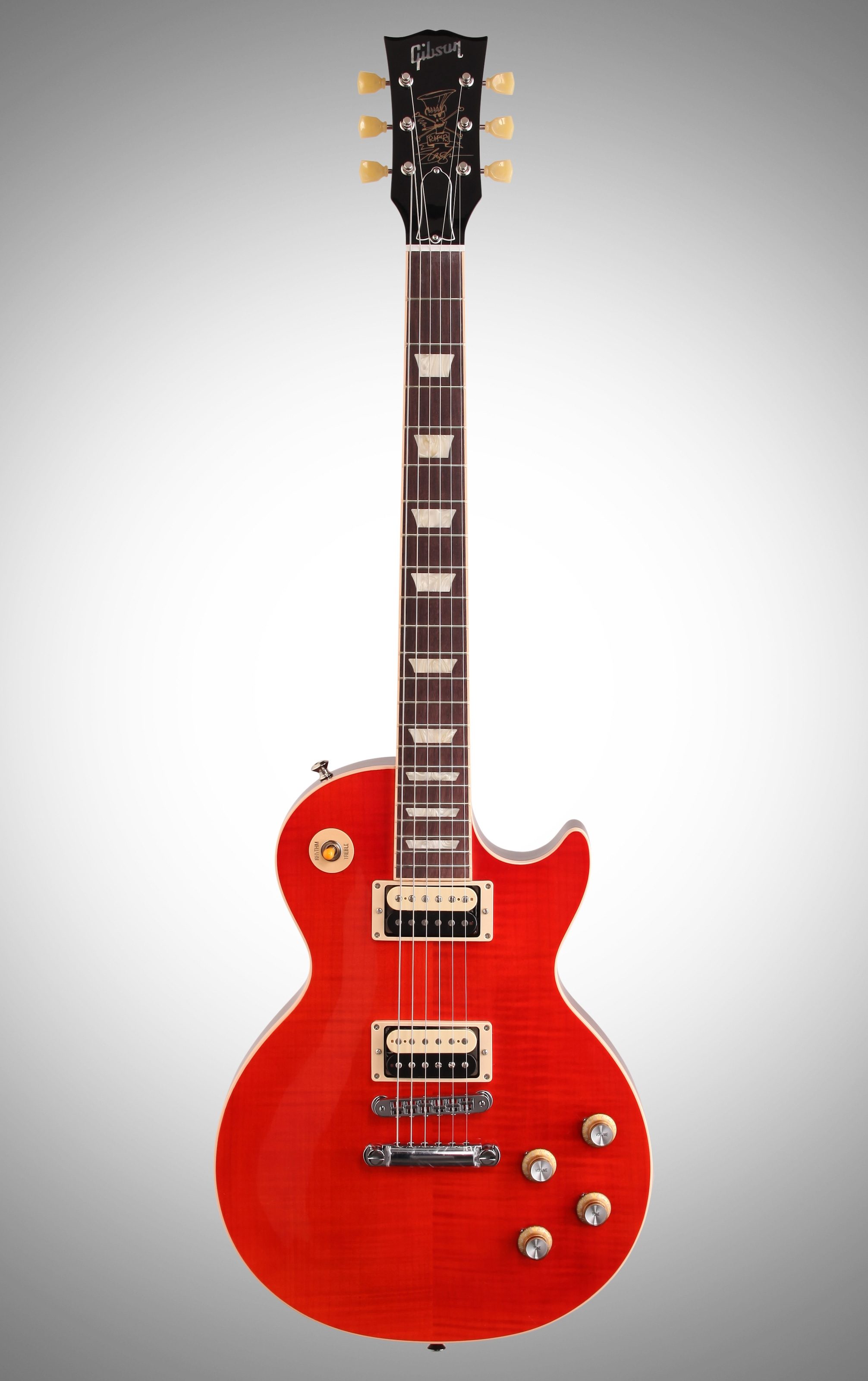




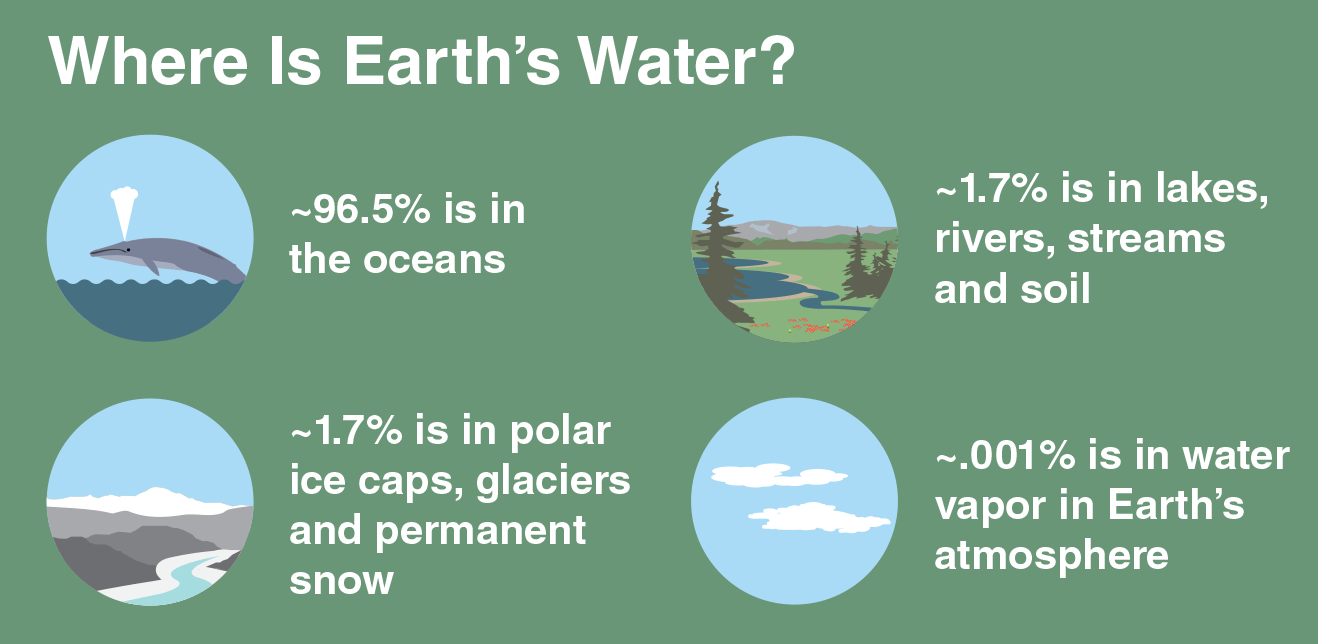
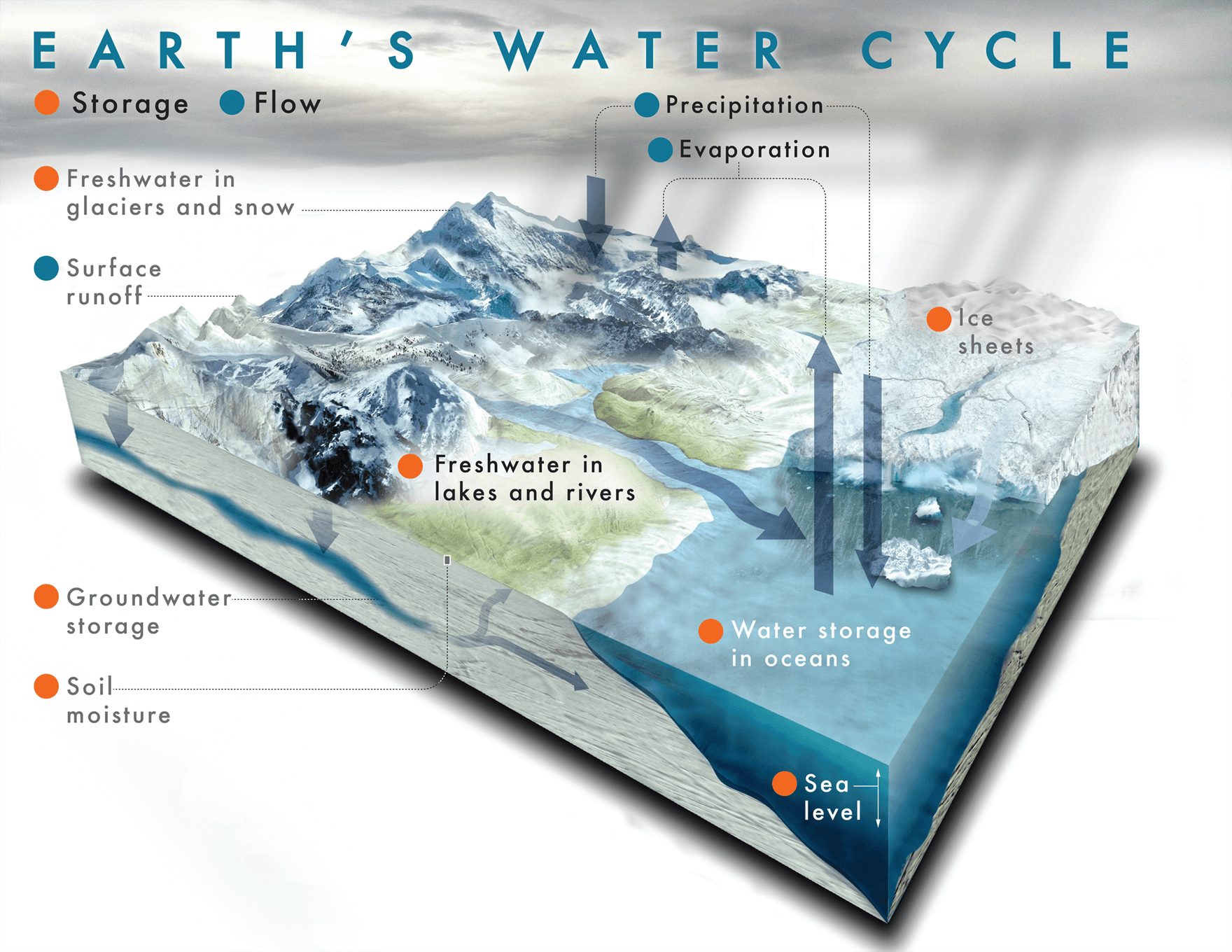

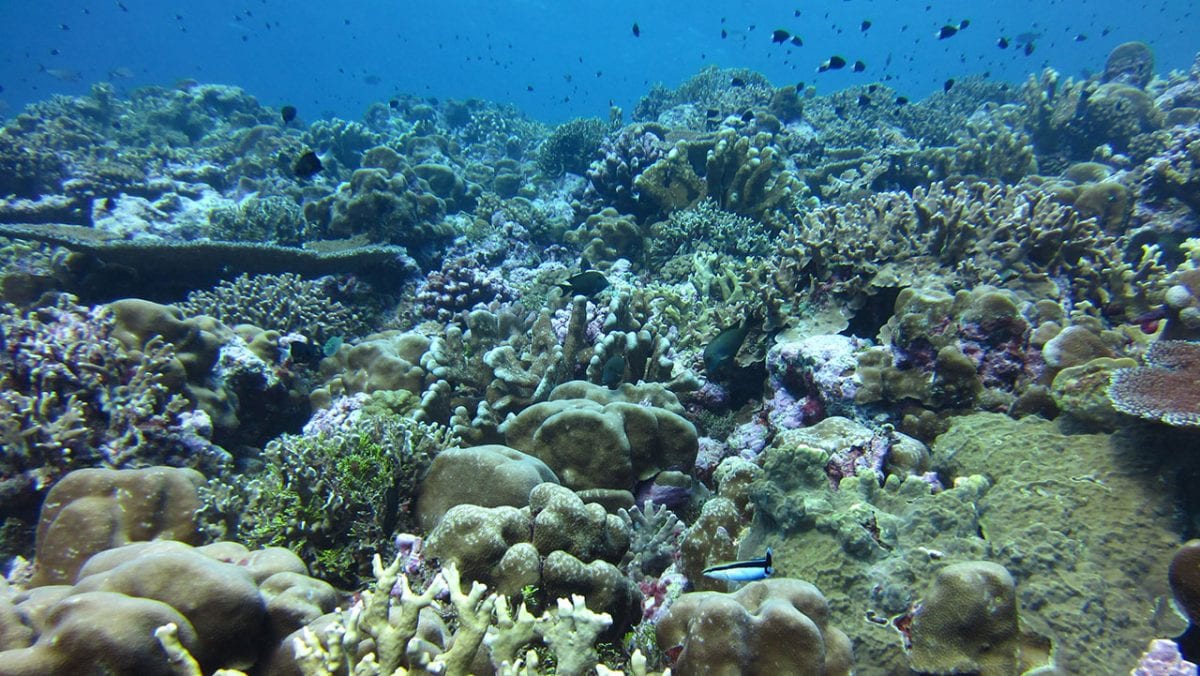








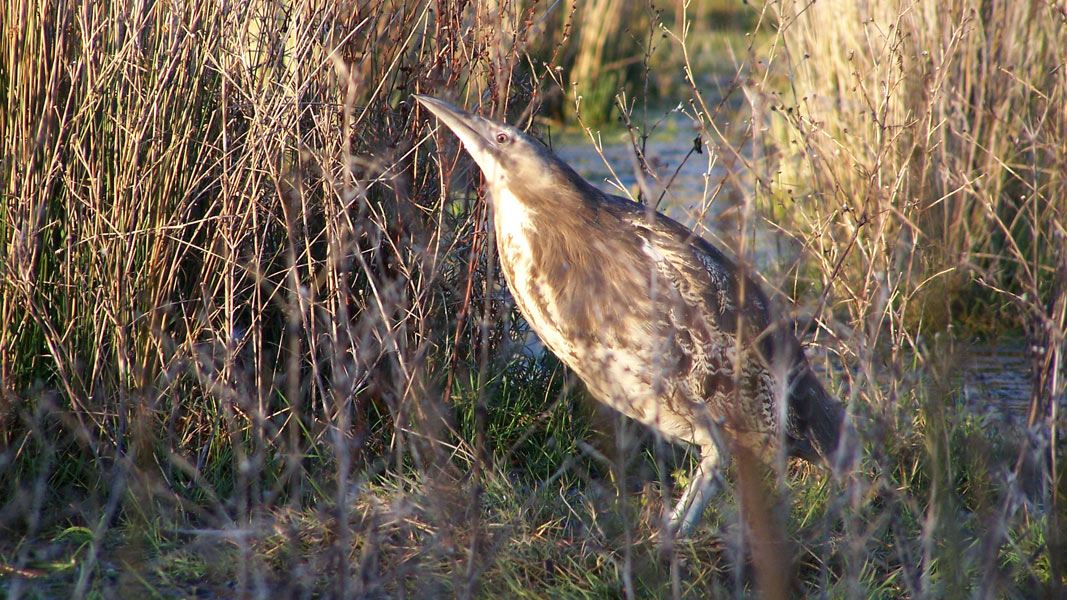





:max_bytes(150000):strip_icc()/collard-5885420f5f9b58bdb3936a36.jpg)





